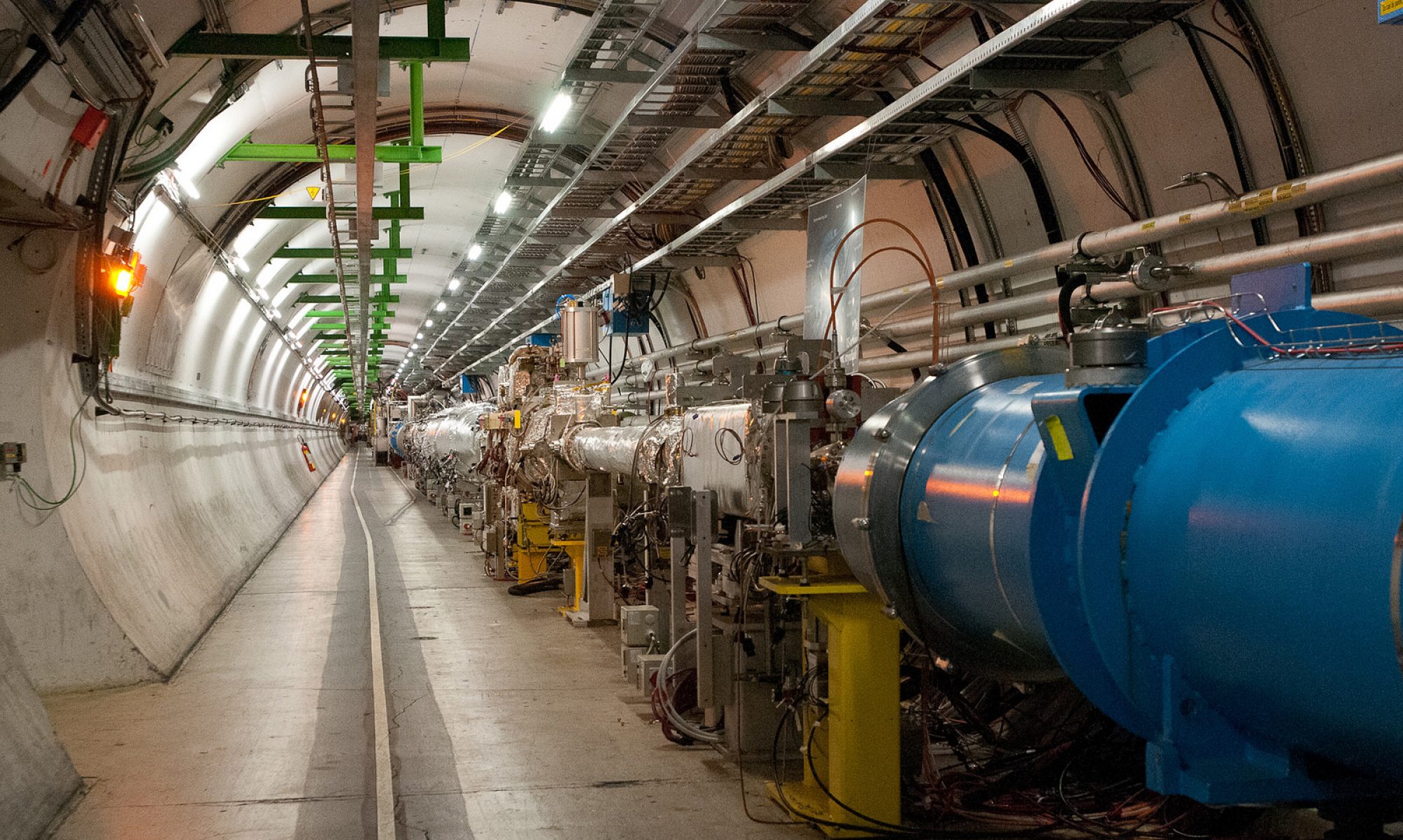This year has been a remarkable one in many respects. A Nobel-prize-winning physicist heading the Department of Energy, a physicist acting as science advisor to the President – have there been as many physicist so sought after for science policy leadership since just after World War II?
What has driven physics, and all other sciences, to the forefront is not the Herculean efforts of a team of scientists to develop a weapon to end a war. What has driven science to the forefront is the recognition that it plays a key role in keeping the U.S. economically competitive. It creates opportunities to attract young people along a superhighway that starts in grade school and ends at some great and unknown discovery, with many on and off-ramps along the way to accommodate the interests and expectations of those on the highway. It creates new technologies and advances the general body of knowledge about ourselves and the cosmos. In doing so, it lights the way to understanding our influence on the cosmos, and its consequences. Science shapes medical treatments – even physics has its hand in this – and it provides opportunities for public-private partnerships that advance the interests of both parties.
Next week, about 45 physicists who conduct research using the SLAC National Accelerator Laboratory, the Fermi National Accelerator Laboratory, and the Large Hadron Collider will travel to Washington D.C. They will thank over 200 members of Congress for supporting science – passing the America COMPETES Act (ACA), supporting increases for science in the American Recovery and Reinvestment Act (the stimulus plan), supporting increases for the base budget of fundamental science in the FY09 Appropriations Act, signing “Dear Colleague” letters to the chairs of appropriations subcommittees to encourage them to grow science in line with the ACA vision. They will also encourage those members to stay the course – invest more in science until we achieve the goals of ACA, engage in science policy and engage with scientists about their work, encourage their Congressional colleagues to do the same.
SLAC, Fermilab, and of late the US LHC users have been sending physicists to Washington for almost a decade. Each spring, the population of active research physicists in Washington jumps by a significant fraction as dozens of us go to DC and meet our Congressional representatives. This year, there are several more physicists who already spend most of their time as part of the government. This year, more than any in recent memory, there will be more physicists in Washington.

